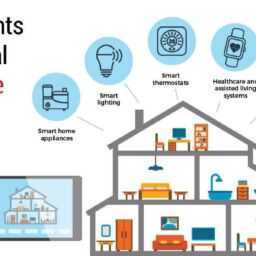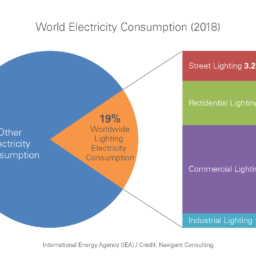Do We Need Smart Grids?
The electric grid was designed as a regional power source, distributing electricity uni-directionally from a central location to the customer. Homes & businesses across the United States are now installing photovoltaic solar systems to significantly lower or eliminate their monthly electric bills. These distributed intermittent energy sources push excess power in the opposite direction, back into the grid.
A large number of automakers started offering electric vehicles to satisfy an increased interest from consumers. EVs are becoming more attractive with advancements in Lithium Ion technology. LIon battery systems are smaller and lighter due to high energy density. This translates into lighter vehicles with faster acceleration and longer range.
Transitioning to renewable energy & electric vehicles will reduce our reliance on foreign sources but at the same time they place unique demands on the utility grid. The increasing demand for electricity and the burden of new technology is a tremendous strain on a transmission system that is already operating well beyond it’s original design. The fundamental purpose of the smart grid is to maintain the stability of the electric distribution system.
It’s unlikely that electric suppliers could deliver the peak capacity required to charge a significant number of EVs simultaneously. A level 2 or 3 charger could represent the equivalent load of several additional homes on a utility transformer. A smart grid would permit EV charging during periods of low demand and deliver that stored energy back into the grid during high demand if needed.
Many consumers are suspicious of the motivation behind a smart electric grid, but inaction is not the answer. The U.S. electric grid is an enormous and extremely complex system of power plants and distribution lines. Steps must be taken to transform it to support growth and future technology or instability could make rolling blackouts a daily occurrence.
The new power distribution system will combine several technologies, integrating wired and wireless devices using multiple protocols. One wireless communication protocol currently being developed to provide a suite of smart grid-enabled appliances is ZigBee.
Smart appliances & devices will require a universal communication protocol and robust infrastructure to handle large amounts of data that unify the system devices so they work seamlessly. This data will allow electric generators and suppliers to load forecast so they can provide consumers with multiple rate structures to select from when scheduling device operation to manage associated costs.
The deployment of smart grid technology into homes & businesses raises several data privacy issues. The critical nature of the system will also require development of security standards to protect data from unauthorized access and maintain the integrity of the infrastructure.
Acceptance of smart grids is dependent upon the development of regulatory law and compliance standards that balance the interests of the utilities and respect for consumer privacy. Unless consumers can unilaterally determine who has access to their energy data they will be reluctant to adopt a smart grid. If developed properly the smart grid will overcome the limitations of a grid designed in the last century and adapt it to the technology of the next century.
solar charger
#Smart #Grids
Will be pleased to have you visit my pages on social networking .
Facebook page here.
Twitter account is here.
Linkedin account here
Post byBedewy for info askme VISIT GAHZLY






